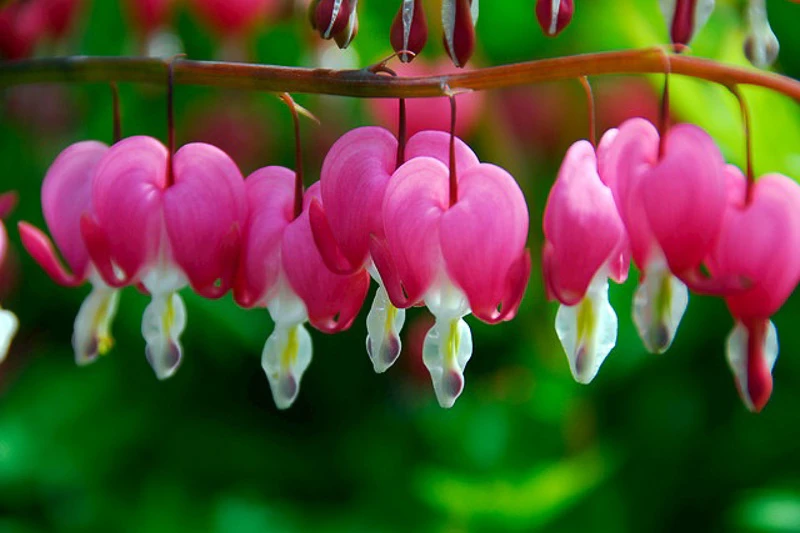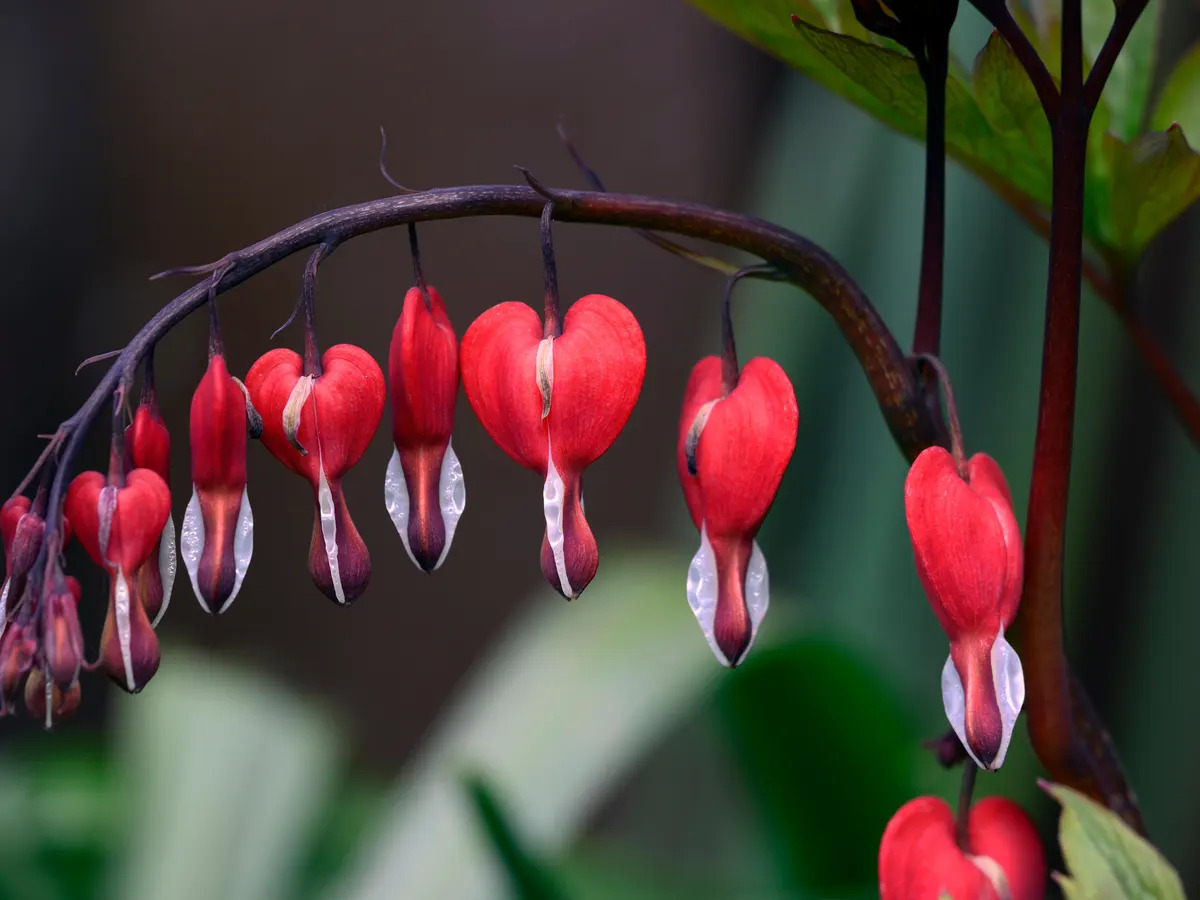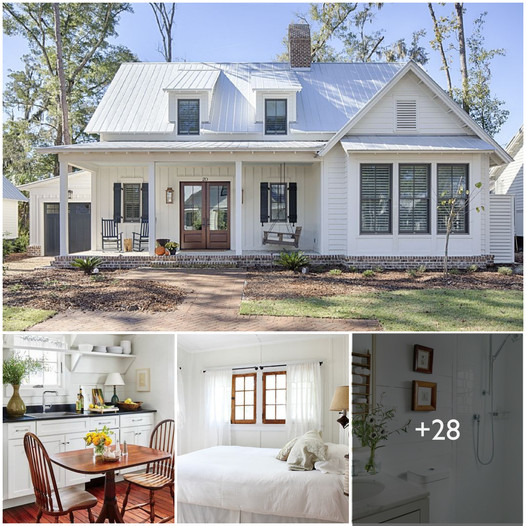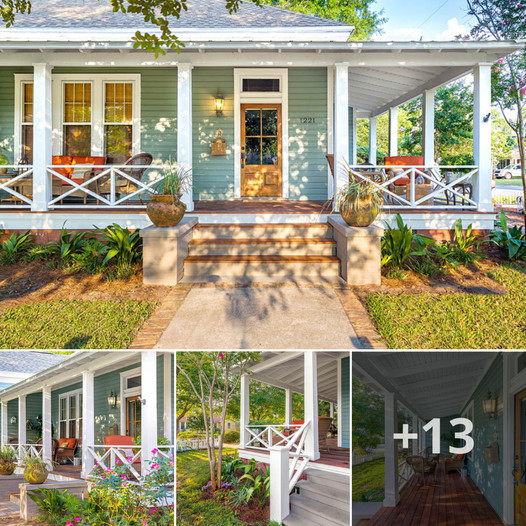Bleeding Heart flowers, scientifically known as Lamprocapnos spectabilis, are captivating perennials that have enthralled garden enthusiasts for centuries. With their unique heart-shaped blossoms and graceful arching stems, these flowers have become symbols of love and beauty.



In this article, we will delve into the fascinating world of Lamprocapnos spectabilis, exploring their origin, characteristics, and tips for cultivating these enchanting blooms in your garden.


Origin and History:
Lamprocapnos spectabilis, commonly referred to as Bleeding Heart, is native to Siberia, Japan, China, and Korea. The plant has a rich history, with its first documented introduction to Western gardens dating back to the 1840s. Its distinctive appearance and charming allure quickly gained popularity, making it a beloved choice for gardens around the world.
Characteristics:

Heart-Shaped Blooms: The most iconic feature of Lamprocapnos spectabilis is its heart-shaped flowers. These unique blossoms, which can range in color from pink and red to white, dangle gracefully from arching stems, creating a whimsical and romantic display in any garden.
Foliage: In addition to their captivating flowers, Bleeding Heart plants boast finely divided, fern-like foliage. The combination of lush greenery and distinctive blooms adds to their overall aesthetic appeal.

Growing Habit: These perennials typically grow to a height of 2 to 3 feet, forming dense clumps that spread gradually over the years. Their arching stems laden with flowers make them an excellent choice for border plantings and woodland gardens.
Cultivation Tips:
Soil and Sunlight: Bleeding Hearts thrive in well-drained, fertile soil with a slightly acidic to neutral pH. They prefer partial to full shade, making them ideal for woodland gardens or areas with dappled sunlight.

Watering: Adequate moisture is crucial for the health of Lamprocapnos spectabilis. Keep the soil consistently moist, especially during dry periods. Applying a layer of organic mulch can help retain soil moisture.
Pruning: Regular deadheading, or removing faded flowers, encourages prolonged blooming and a tidy appearance. Additionally, cutting back the foliage in late fall helps prepare the plant for winter.
Dividing: Over time, Bleeding Hearts can become crowded. Divide mature clumps every three to four years in the fall to maintain plant vigor and promote better flowering.

Lamprocapnos spectabilis, or Bleeding Heart, stands out as a timeless and alluring addition to any garden. Its romantic blooms, combined with an interesting history and easy cultivation, make it a favorite among gardeners worldwide. Whether you’re a seasoned enthusiast or a novice gardener, introducing the charm of Bleeding Heart flowers to your landscape promises to create a magical and enduring display.






